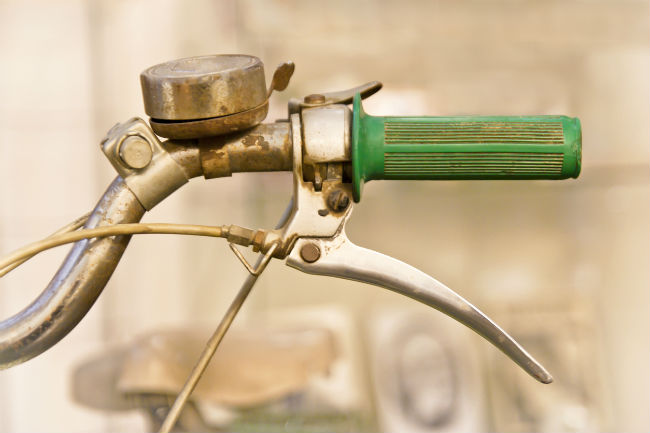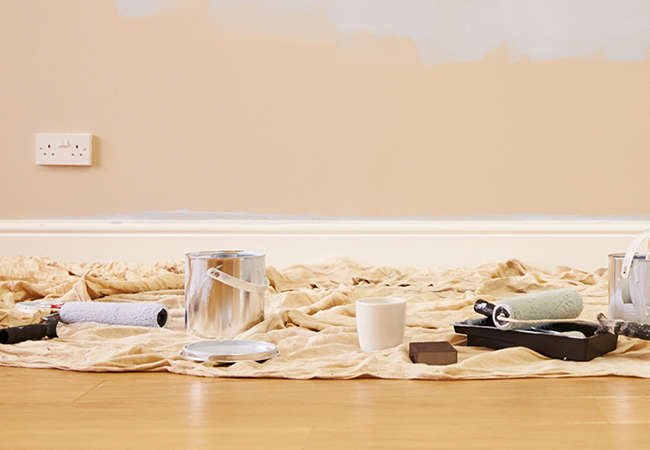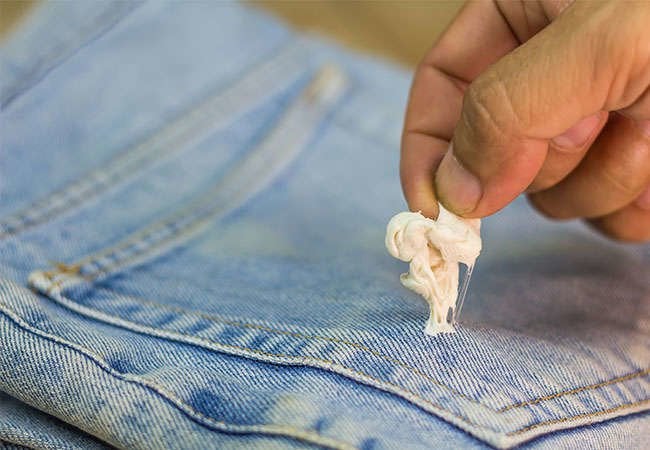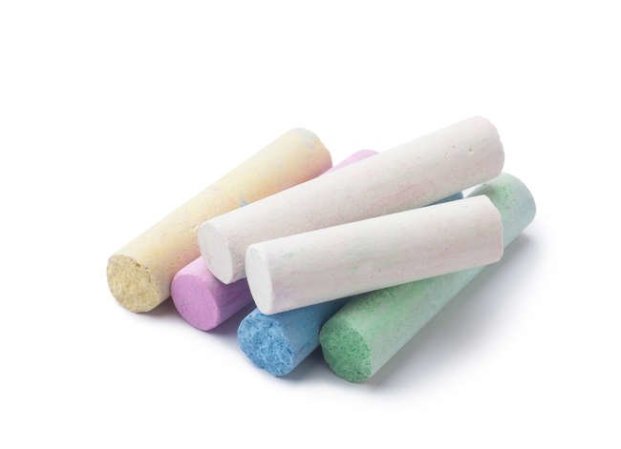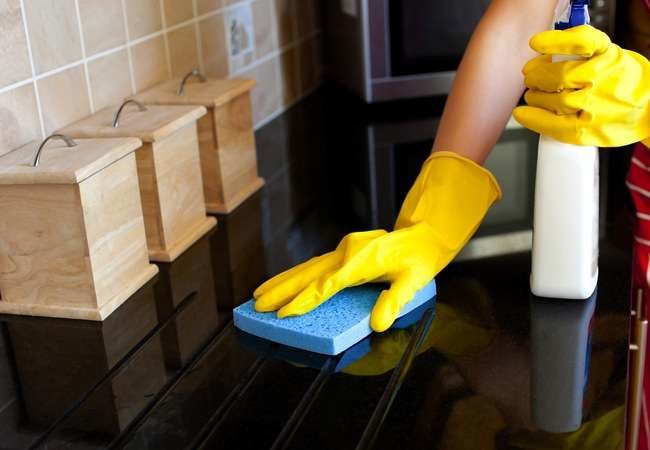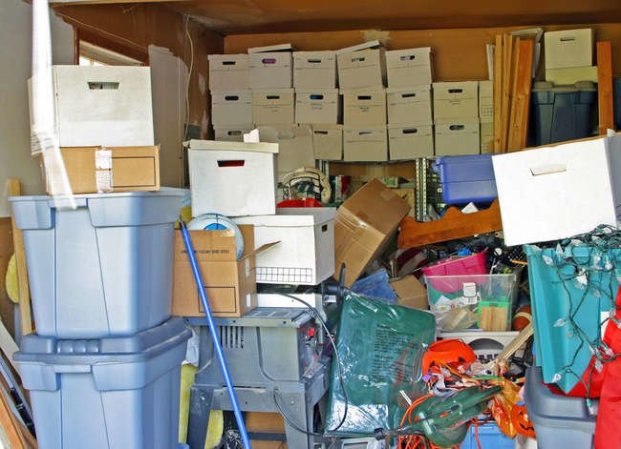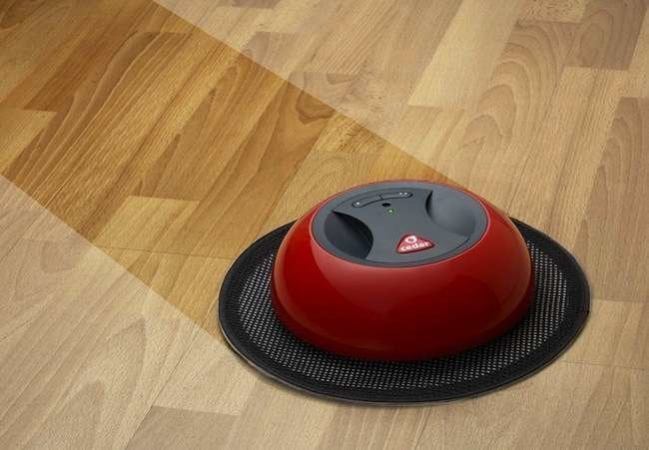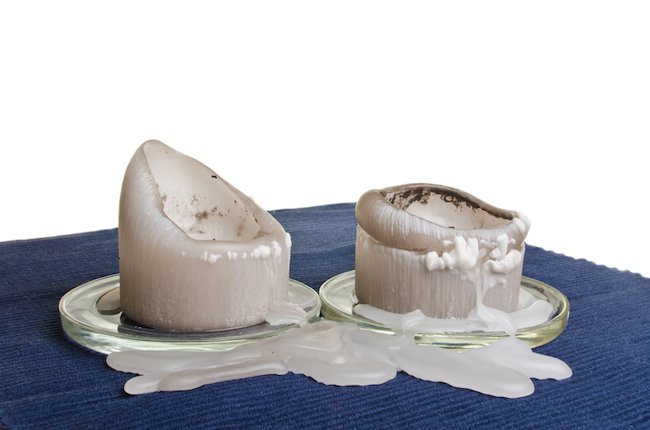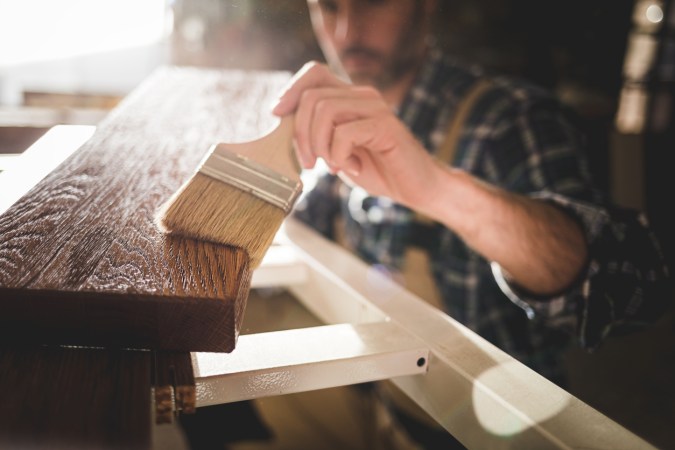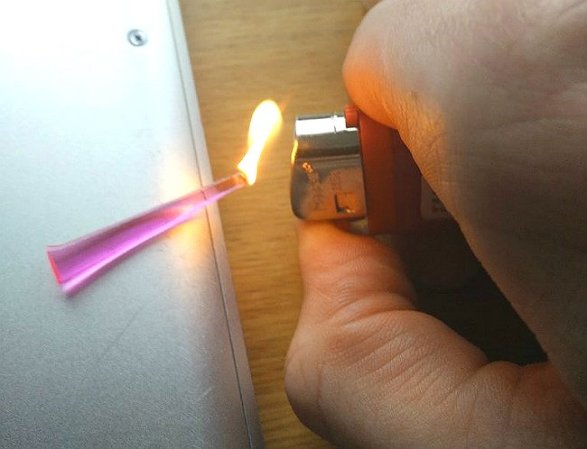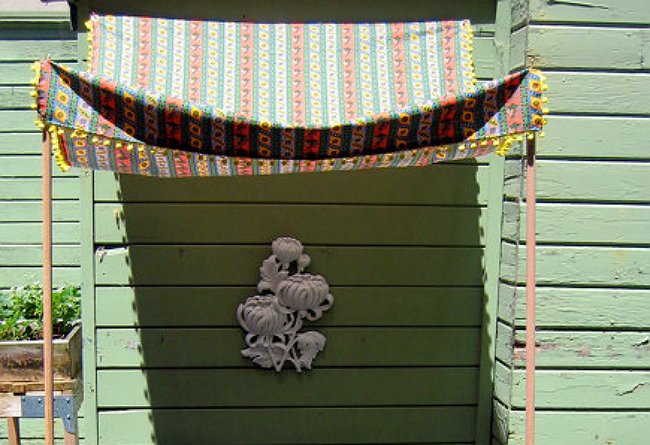We may earn revenue from the products available on this page and participate in affiliate programs. Learn More ›
Manufacturers add chrome plating to their products to give them a mirror-like finish that says, “I’m high-class.” Aside from its good looks, chrome also protects the underlying metal from corrosion. That’s why you find chrome on faucets, appliances, tools, outdoor power equipment, and your car. But chrome can fail if it’s poorly applied, too thin, or scratched from repeated cleaning with abrasive cleansers. Once chrome cracks, peels, or develops pinholes, it loses those protective abilities, and you wind up with rust and corrosion “blooms” that rise to the surface, resulting in orange or green/blue stains. Here are four different ways to clean rust from chrome and slow down future occurrences.
Tools & Materials
Bobvila.com may earn a commission from purchases made through these links.
- Commercial soap scum cleaner
- Degreasing dish soap
- Chrome polish
- Rust penetrant
- Lemon juice
- Cola
- Vinegar
- Aluminum foil
- Degreasing spray cleaner
- Car wax
But first, a caution: All that glistens isn’t chrome.
High-quality chrome plating is expensive. To cut costs, some manufacturers use cheaper chrome paint that mimics the look of the real deal. The methods described below involving the use of brass wool, #0000 steel wool, and aluminum foil will all scratch paint, expose more of the metal to air, and make the corrosion even worse. If you’re not sure whether you’ve got real chrome of chrome paint, try the foil, brass or steel wool in an inconspicuous spot first to see if it scratches the finish. If it does, choose either the mild-acid or rust penetrant rust remover method and use a rag.
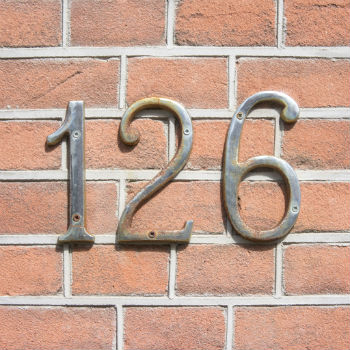
STEP 1: Wipe down the chrome.
For bath and kitchen fixtures, start by removing all traces of soap scum using a soap scum cleaner. For other chromed surfaces that may not have remnants of soap, a degreasing cleaner like dish soap will work just fine to remove all surface dirt. Wipe with a clean rag or paper towel.
STEP 2: Select your rust-busting weapon.
A number of products can get the job done, so choose yours based on the amount of money and energy you’d prefer to invest in this do-it-yourself job.
- Chrome or metal polish: While this commercial product tends to cost more ($10 to $15 per container), it provides an all-in-one approach that takes hardly any time at all. Apply this cream, and you’re treating chrome with a cleaning solvent, a corrosion inhibitor, and a sealing agent to fill pinholes and pores and slow down future corrosion in one go.
- Rust penetrant and either brass wool or #0000 steel wool: For about $5 to $8 per can, rust-penetrating products like WD-40 Specialist Rust Release Penetrant Spray or PB B’laster Catalyst penetrate deep into cracks and crevices and dissolve rust. Plus, the lubricant reduces the scrubbing effort of your metal wool. (If you choose steel, be careful not to go with a coarser grade than #0000; others may scratch chrome.)
- Homemade mild acid cleaners: Mild household acids can get the job done and save you money and a trip to the store, but not energy—be prepared to put more elbow grease into the project. Choose lemon or lime juice, cola (which contains carbonic acid, citric acid, and phosphoric acid), or vinegar; household acids stronger than these might etch the metal. When the rust is gone, you still have to neutralize the acid, dry, and seal with a wax.
- Aluminum foil and water: This soft metal removes rust through a chemical reaction, scrubs without scratching, and leaves a protective aluminum ion layer that slows rust.
STEP 3: Remove the rust.
Pull on your rubber gloves and protective eyewear. Then, proceed with a method for how to remove rust from chrome that corresponds with the rust-removing helper you could get your hands on.
- If using a commercial chrome/metal polish, apply it with a rag or sponge, and rub until the rust is gone. Then wipe with a clean rag and you’re done.
- If using rust penetrant, apply the product to the affected area of your chrome according to manufacturer’s instructions. Often, this involves letting it saturate the rust for several minutes, scouring it away using bronze wool or #0000 steel wool, and repeating. Follow the next step to seal.
- If using a homemade rust remover, apply a mild acid of your choice—lemon or lime juice, cola, or vinegar—and let it soak for about five minutes before scrubbing with a sponge. Wipe dry. Repeat until all the rust is gone. Neutralize mild acid solutions with a stream of water and wipe dry. Then seal according to instructions in Step 4.
- If using aluminum foil, tear the pantry supply into small strips and wad into scrubbing pads. Dip the balled up aluminum in water and scrub the chrome, discarding each pad as it loses effectiveness. Flush with water and wipe dry with a clean cloth before sealing.
STEP 4: Seal the chrome to prevent future rust spots.
Unless you’re using a commercial chrome polish with sealer built-in, apply a high-quality car wax to the chrome. (A synthetic polymer car wax lasts longer than ordinary carnauba wax.) The wax fills in remaining cracks and pores to keep moisture out and slow down future rust outbreaks.
